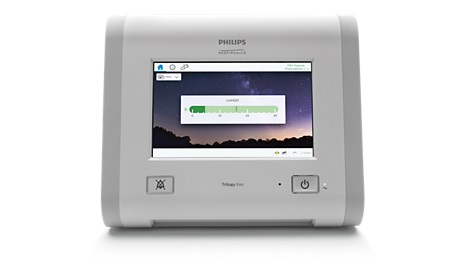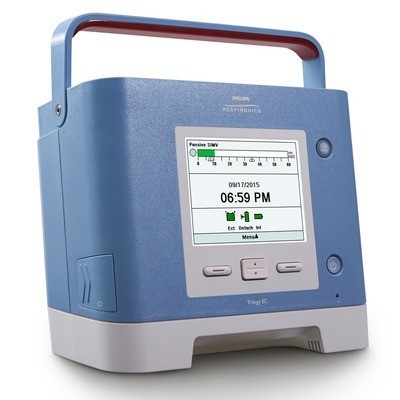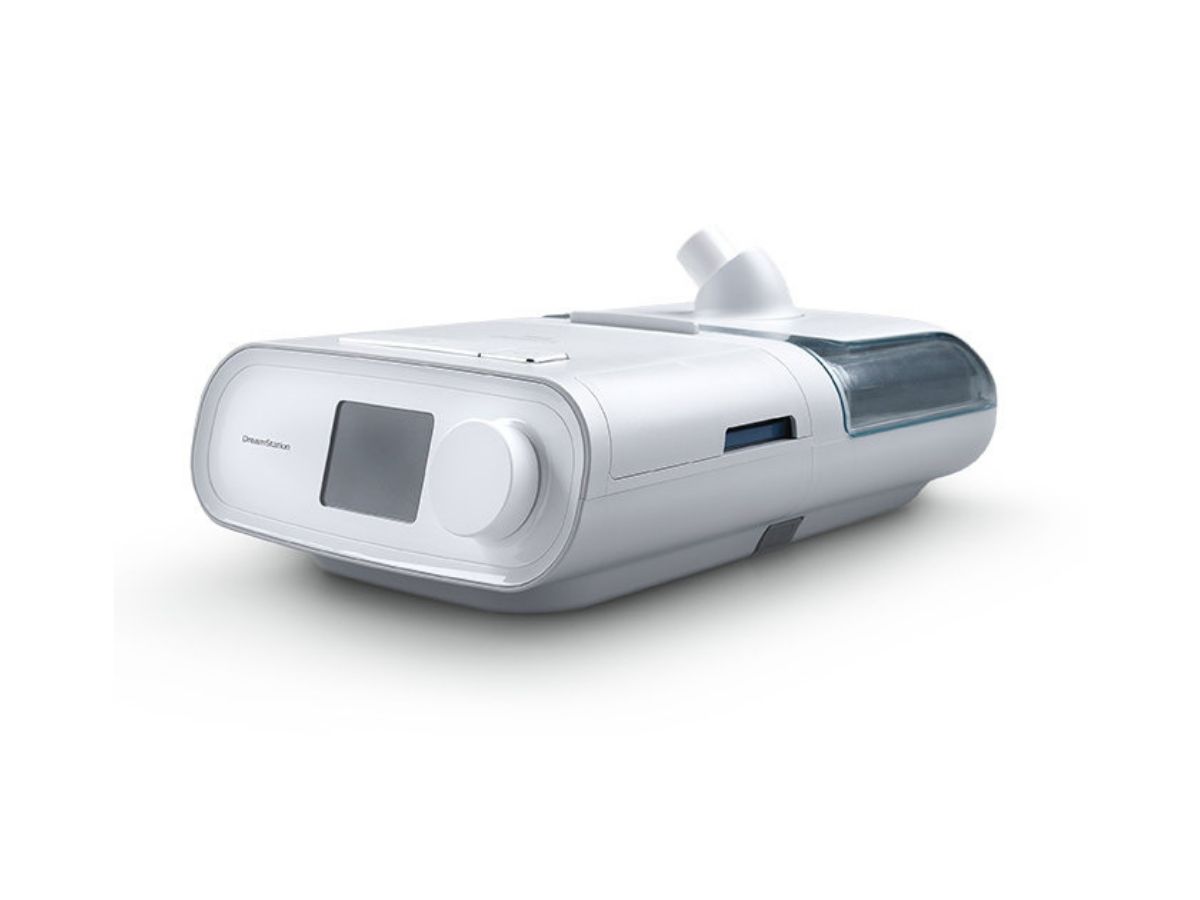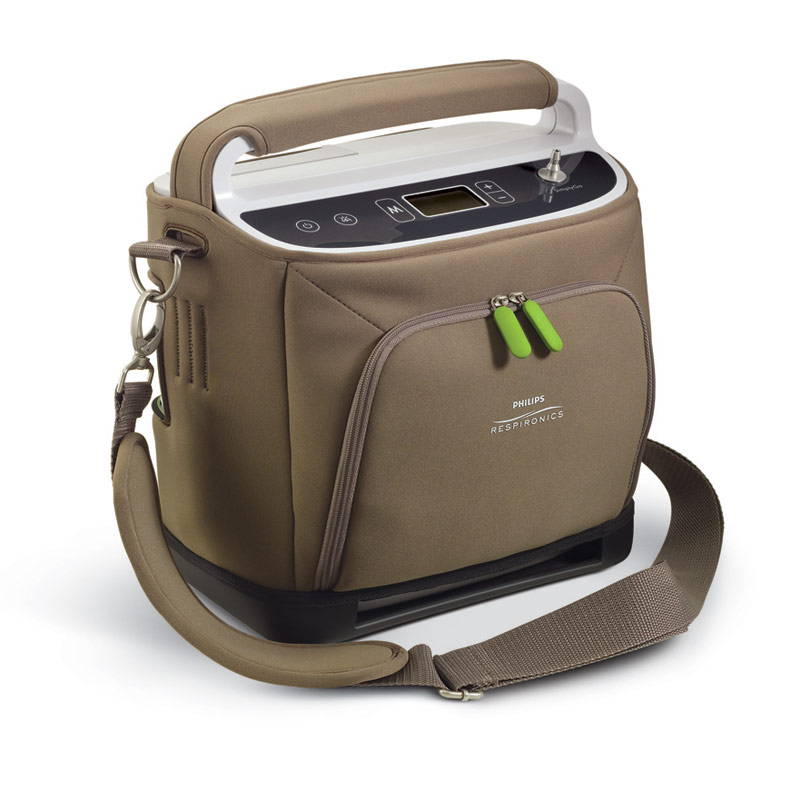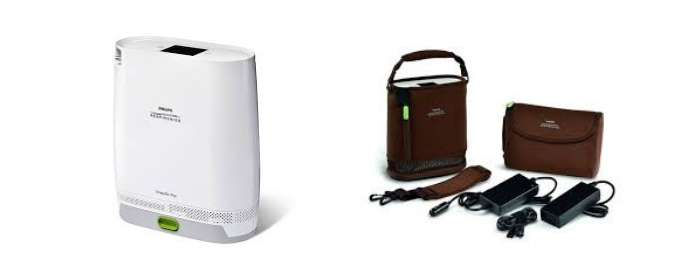Home Ventilator Philips Respironics Trilogy Evo delivers quality therapy even your smallest patients. Philips Respironics Trilogy Evo Ventilator delivers proven performance in Non-Invasive (NIV) and Invasive (IV) ventilation and smoothly transitions patients through different care settings using the same clinical technology for continuous peace of mind. Philips Respironics Trilogy Evo has proven performance in both Invasive and Non – Invasive Ventilation.
Health Problem Addressed
Portable ventilator deliver room air or oxygen-enriched gas into the breathing circuit, where it can be humidified by a heated-humidifer or a HME (Heat and Moisture Exchanger) before delivery to the patient. They provide long-term support for patients who do not require complex critical care ventilators. They can be used for treating patients with conditions like pneumonia or during mass casualty events.
Principles of Operation
Portable Ventilators deliver room air or Oxygen-Enriched gas into the breathing circuit, where it can be humidified by a heated humidifier or HME before delivery to the patients. Typically, these ventilators drives air into the breathing circuit with a motor-driven piston or turbine.
In home setting, Oxygen is usually delivered directly into the breathing circuit from a separate source, such as an Oxygen Cylinder Tanks or Home Oxygen Concentrator. Most devices use positive airway pressure to deliver gas to the lungs at normal breathing rates and Tidal-Volumes through an endotracheal tube, a tracheotomy cannula, or a mask. Portable/Home Care Ventilators may use several methods of cycling (eg; volume, timed) and
several ventilation modes, including Pressure Control, Assist/Control, Spontaneous Timed, CPAP Fixed Pressure and SIMV (Synchronized Intermittent Mandatory Ventilation) modes.
Operating Steps
Users first check that the unit is ready for use (eg; run performance and calibration checks, having a short period of trial-out in the hospital ward/ ICU with proper hospital care). They then make sure that settings including alarms are correct and appropriate for the patient type and condition. Once completed, the patient is then connected to the ventilator. When the Ventilator-Patient connections are completed, users ensure that the patient is being properly ventilated. While patient is being ventilated, caregivers are responsible for monitoring/evaluating the patient, and for promptly responding to alarms.
Reported Problems
Most of the reported problems involving portable ventilators arise from user error, poorly maintained exhalation valve assemblies, and the use of poor-quality breathing circuits. Other issues include disconnection of the breathing circuit from the device, equipment failure, disconnection / kinking / bending of tubing, and extreme environmental conditions. Also, critical changes in patient conditions can be missed if alarm are not set properly or are not noted by clinical staff.
Use and Maintenance
User(s): Physicians, nurses, respiratory therapist/physician, other medical staff.
Maintenance: Biomedical or clinical engineer / technician, medical staff, manufacturer / service provider.
Training: Initial training by manufacturer / service provider, operator’s manual, user’s guide; clinical staff to assist family with home care operation
Environment of Use
Setting of use : Home care, long-term care facilities, patient transport vehicles
Requirements : Battery, uninteruptible power source (for recharging batteries), proper tubing / mask
